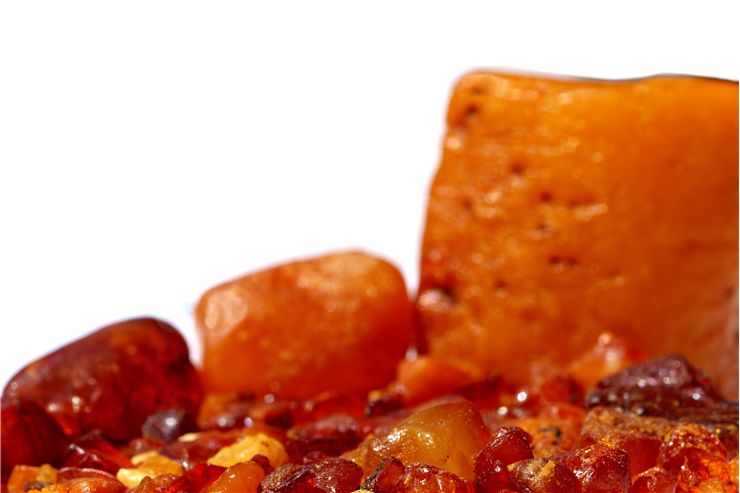Glue Ingredients - Animal Glue Ingredients
The vast majority of modern glues are made from natural sources, such as animal body parts (mostly hides and connective tissues). These glues are made in large factories, that have mastered the processed of creating glues that can be used in countless situations – ranging from home use, construction, engineering, clothes manufacture, medicine and many more. Here you can get informed about basic raw materials that are needed for creation of water-based glues.
Common animal glue ingredients:
Animal remains – The most used animal remains for creation of glue are cattle skins, hides, muscles, connective tissue (tendons), bones, feet and other scrap. Those parts are mostly collected from animal farms, slaughterhouses, meat packing companies and tanneries (pigs, cows and horses). Fish parts can also be used, but their manufacturing process differ slightly from those of other animals.
Scrap gelatin – Instead of extracting glue proteins from animals, glue can also be processed out of scrap gelatin that is left behind as side-product of pharmaceutical gelatin. Significant amount of glue is created from this source ever since 1970s.
Water – Important as a medium in which animal parts are cleaned, boiled and used as medium for mixing gelatinous glue.
Epsom Salts or other acids – Used in glue manufacture to create perfect “tackiness” to the formula, and to remove impurities.
Corn sugars – Small amount of natural corn sugar (made from corn starch) is added to glues to act as preservatives after packaging of glue is opened by end-user. It also gives glue better “wet” feeling.
Glycerin – This colorless and odorless substance is added to glues not only to act as a preservative, but also to give it better flexibility and non-warp properties.
Alum – Added during boiling and mixing process to remove impurities from raw glue gelatin.
Hydrochloric acid – used in creation of glues made from animal bones. This acid dissolves bones (majority of their structure is calcium phosphate) and other minerals, leaving only gelatinous collagen that is then regularly mixed into standard glue recipe.
Color additives – Added as a final step to make glue into various colors (sulfurous acid, phosphoric acid, zinc oxide… ).
